
Mi'kmaq traditional dress Indigenous People Of North America
Traditional Clothing. From the past to the present, Inuit have worn caribou and sealskin clothing. These durable and easily available materials have allowed Inuit to survive in a climate that defeated most others. Traditional sealskin kamiks. Caribou have always been an important food source for the Caribou Inuit, and remain so today.

Pin en Women Clothing
Traditional dress of Canada. History and examples - Nationalclothing.org Traditional dress of Canada. History and examples Canadian national clothing was formed under the influence of Native Indians (who lived on these lands for centuries) and colonizers from Europe (who came to Canada in 17-18th century).

Child Canadian Mountie Costume
Traditional Inuit clothing consisted of a parka, pants and mittens made from caribou or sealskin (worn in one or two layers according to the season), and up to four layers of footwear. Each garment was tailored to fit the individual. The seamstress, relying on years of experience to determine the shapes and sizes of pattern pieces, used hand.

Canada National Clothes ubicaciondepersonas.cdmx.gob.mx
The Ojibwe language, part of the Algonquian language family, is widely spoken in Canada. Also known as Anishinaabemowin , the language has many regional dialects and as of 2011, was spoken by more than 25,000 people. Dialects like Algonquin are less commonly spoken (approximately 2,400 speakers), while Oji-Cree (a mixture of Ojibwe and Cree) is.
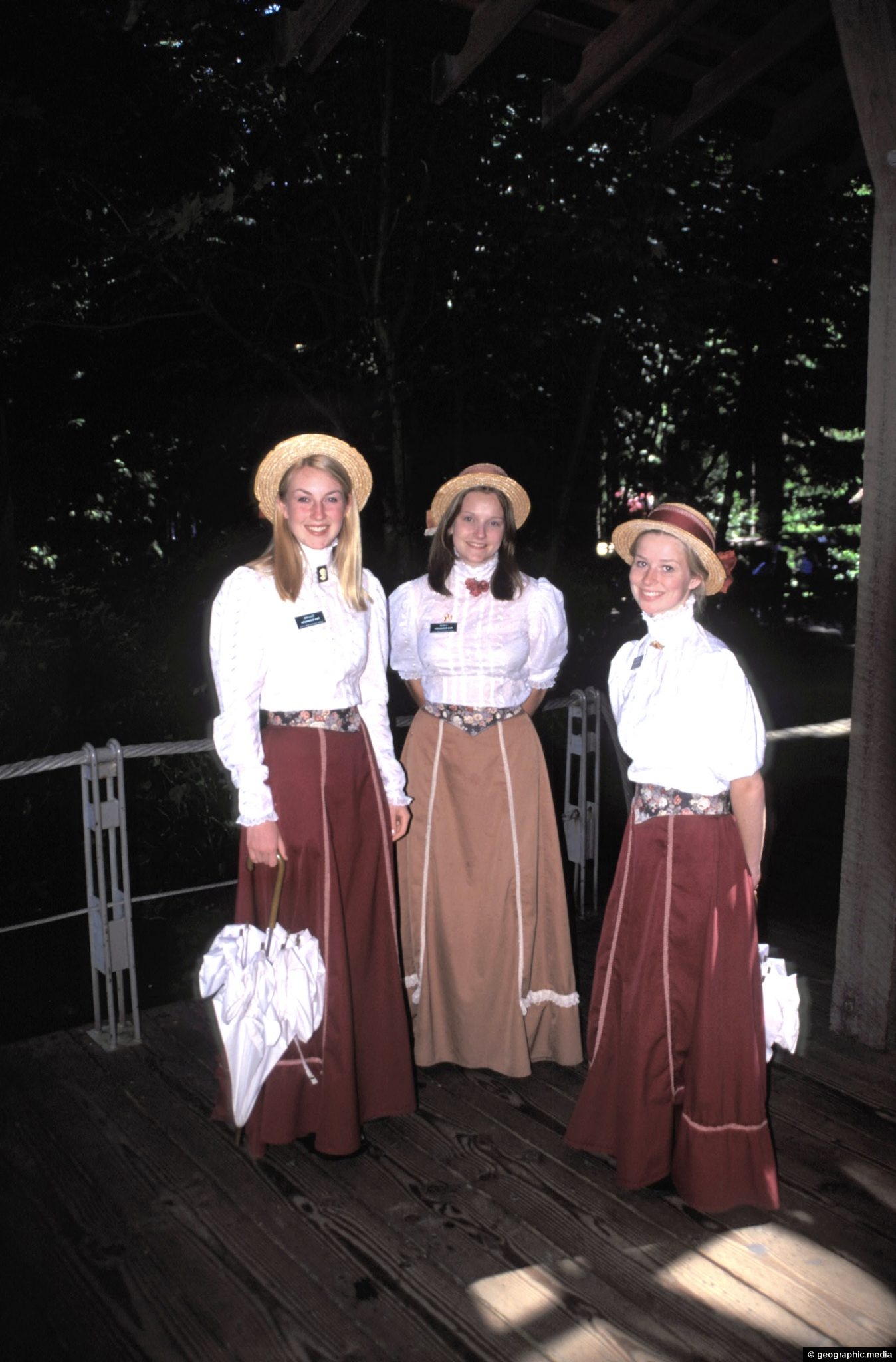
The Traditional Dress of Canada Geographic Media
Website: sectionthirtyfive.com. Section 35 is an Indigenous-owned streetwear brand founded by Justin Louis, a member of the Samson Cree Nation. It's based on the unceded territories of the.
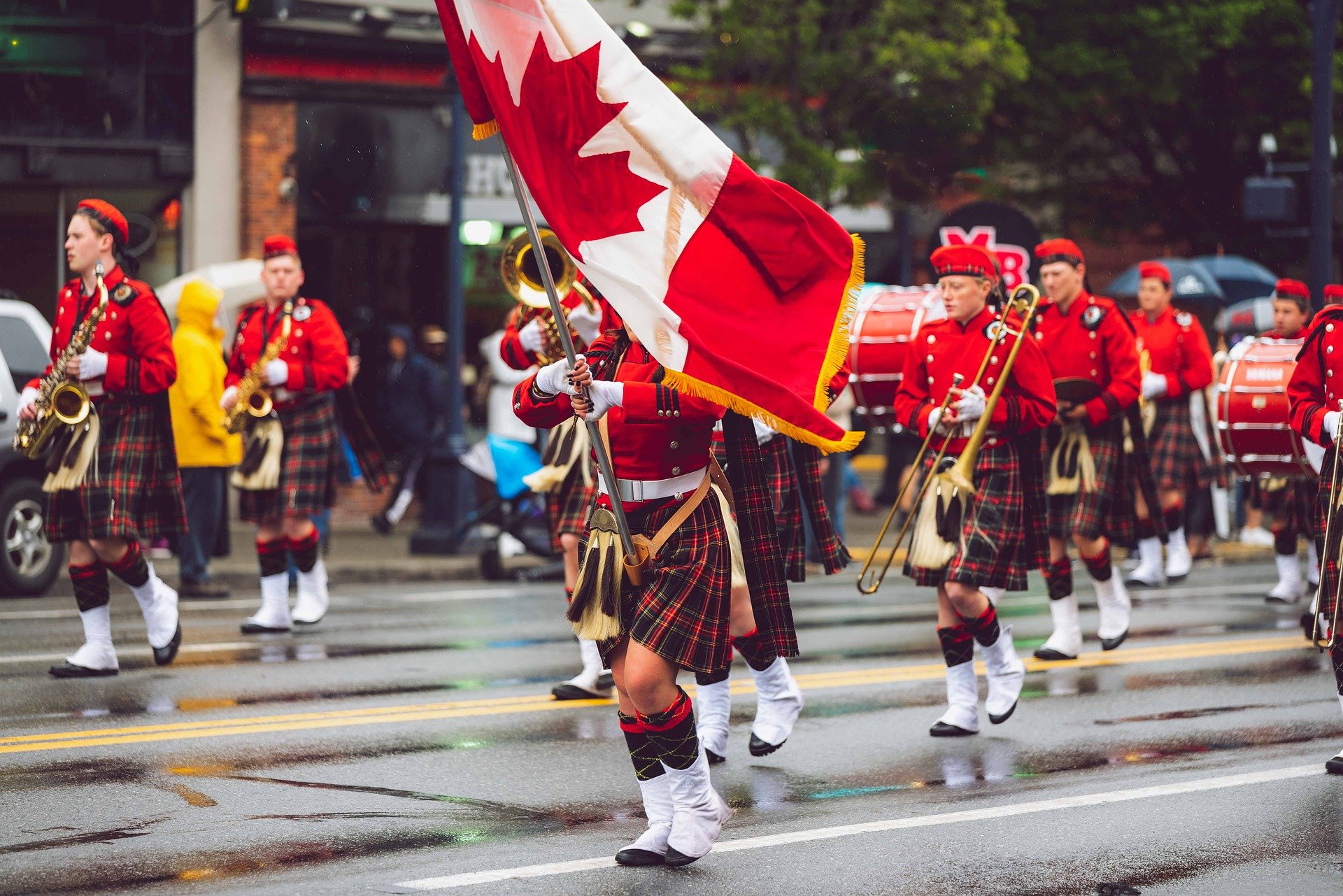
12 chose à éviter quand vous êtes au Canada La culture du Canada
A parka is one of the few truly and originally Canadian traditional garments. It was invented by the Inuit Native American tribes and was used by the local people on the territory of Canada throughout several centuries. Even today, parka is extremely popular among Canadians and thousands of people around our planet.
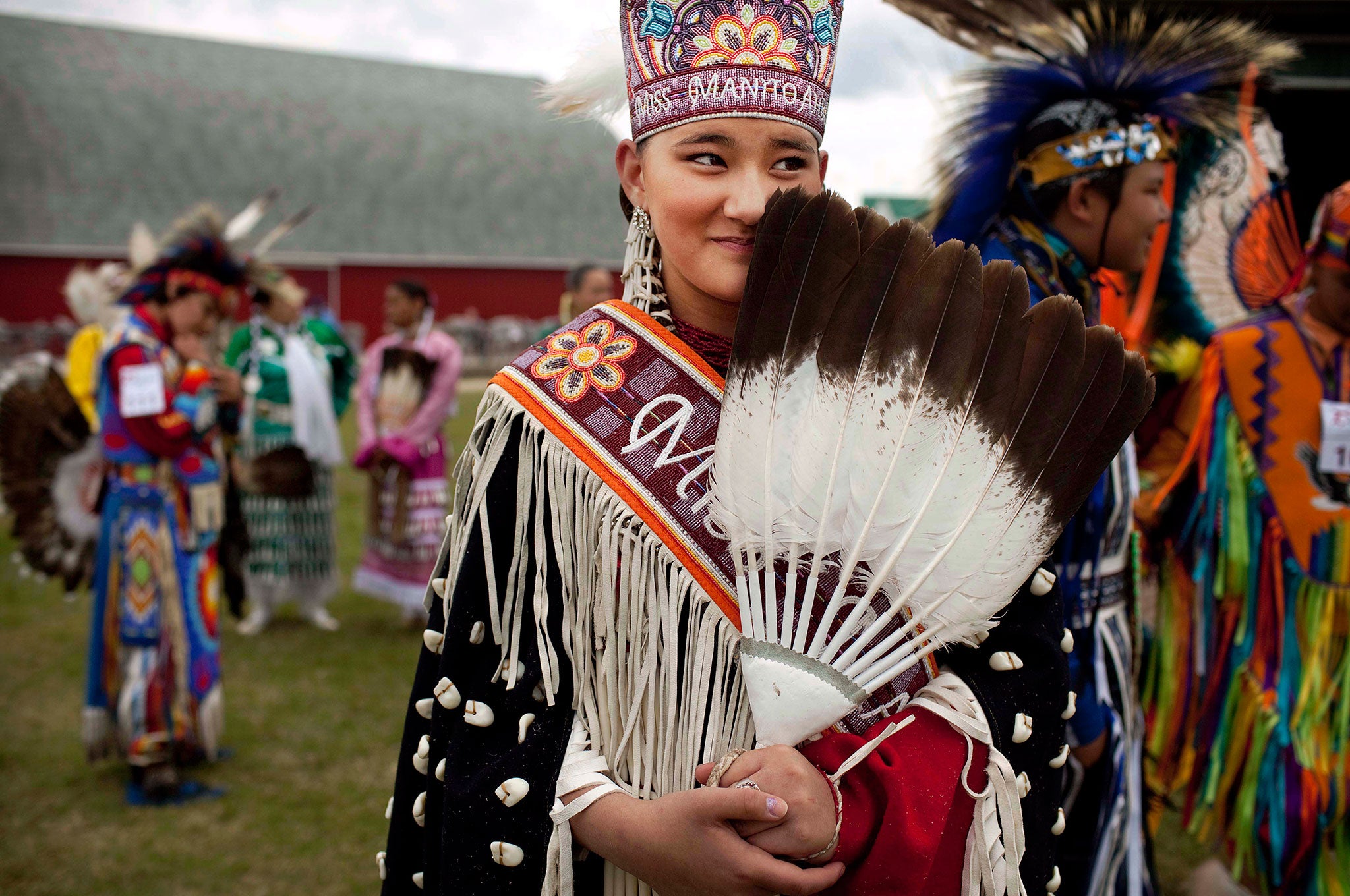
Canada's 'femicide epidemic' brings calls for inquiry The Independent
MÉTIS CLOTHING & ACCESORIES. The Metis from coast to coast are renown for their vibrant clothing, skilfully decorated with embroidery, porcupine quills, and glass beads. The eastern Metis women learned their art from their Mi'kmaq, Algonquin, Huron and other Nations' mothers and grandmothers, to name a few. The western Metis women learned.

Canada National Dress Fashion dresses
She made the trip, her first to Canada in 22 years, to show her contemporary spin on traditional designs. OldDwarf is a member of the Apsaalooke Nation and a mother to four children.

Traditional Clothes Canada Clothing Info
Clothing. The colonization of eastern Canada began with the French in the 17th century. For some years, these settlers depended for clothing on what they brought with them.. Traditional breeches, which ordinarily reached slightly below the knee, were replaced by trousers, and waist-length jackets were common. Beginning early in the 19th.

Canadian Mountie Women's RCMP Costume
Traditional Canadian Clothing Men and Women Fashion Females' Folk dress included crinoline or hoop skirts, wide dresses with gigot-style sleeves, and peplum attached bodices. Male Folk dresses included decorative waistcoats, shorter trousers known as breeches, cane, and cufflinks and sash.
Your Average Joe The Ukraine in Canada
Clothing Manufacture in Canada and the Birth of Fashion Design. In Canada, through the middle of the nineteenth century, key developments occurred in the establishment of a clothing industry, which is well documented by the first census of 1871. Canadians whose professions most closely resembled Worth's model of the fashion designer at the time.
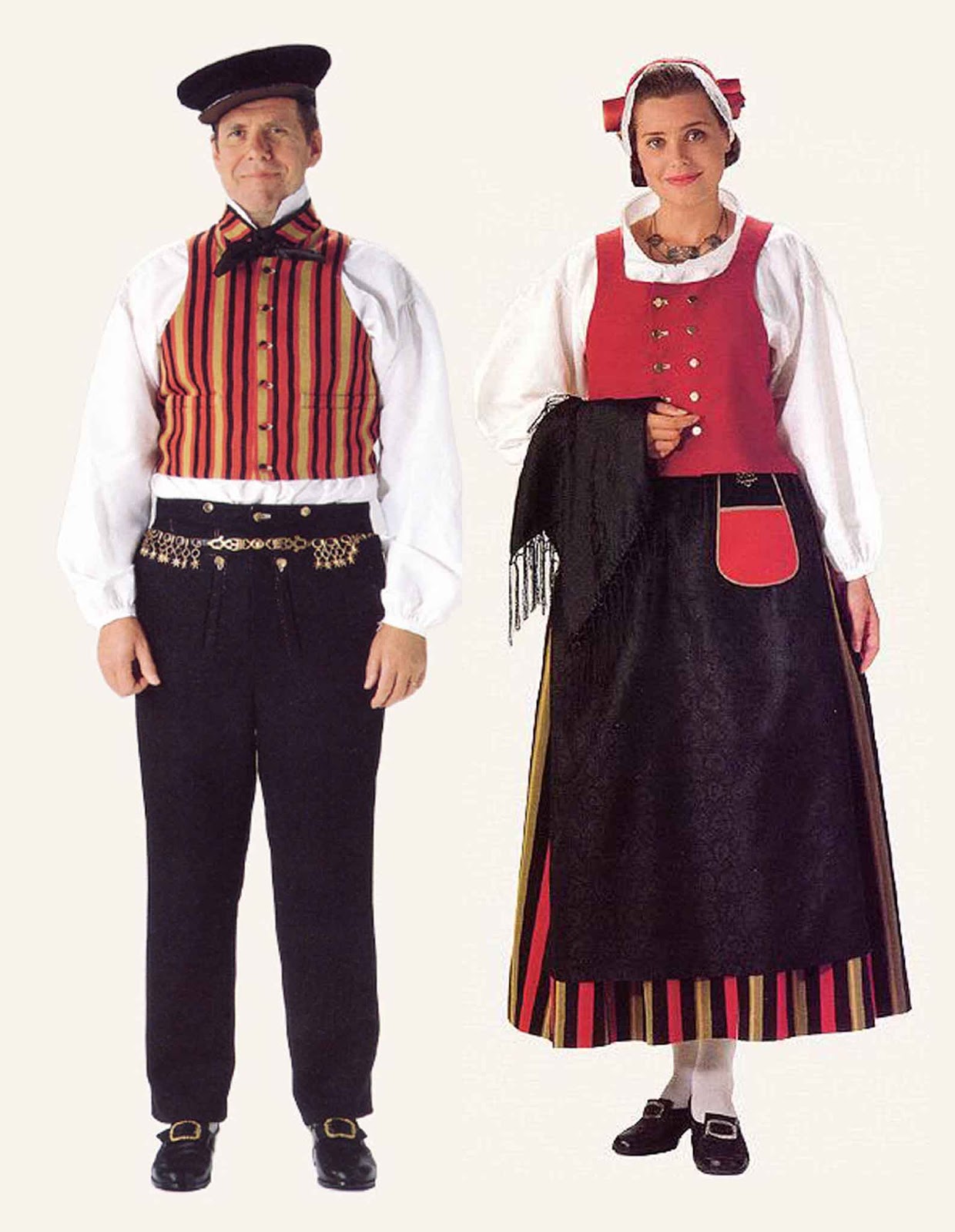
ICE STYLE.....2016 Skate Canada International LADIES and MEN! Nick
The clothes of Canadian indigenous Arctic peoples were multilayered for better protection from the cold. Canadian traditional jackets are called "parka" and they're used by the locals to this day, though modern parkas are very different from what Inuits and other Arctic peoples wore. Vintage parkas were made from caribou hide and.
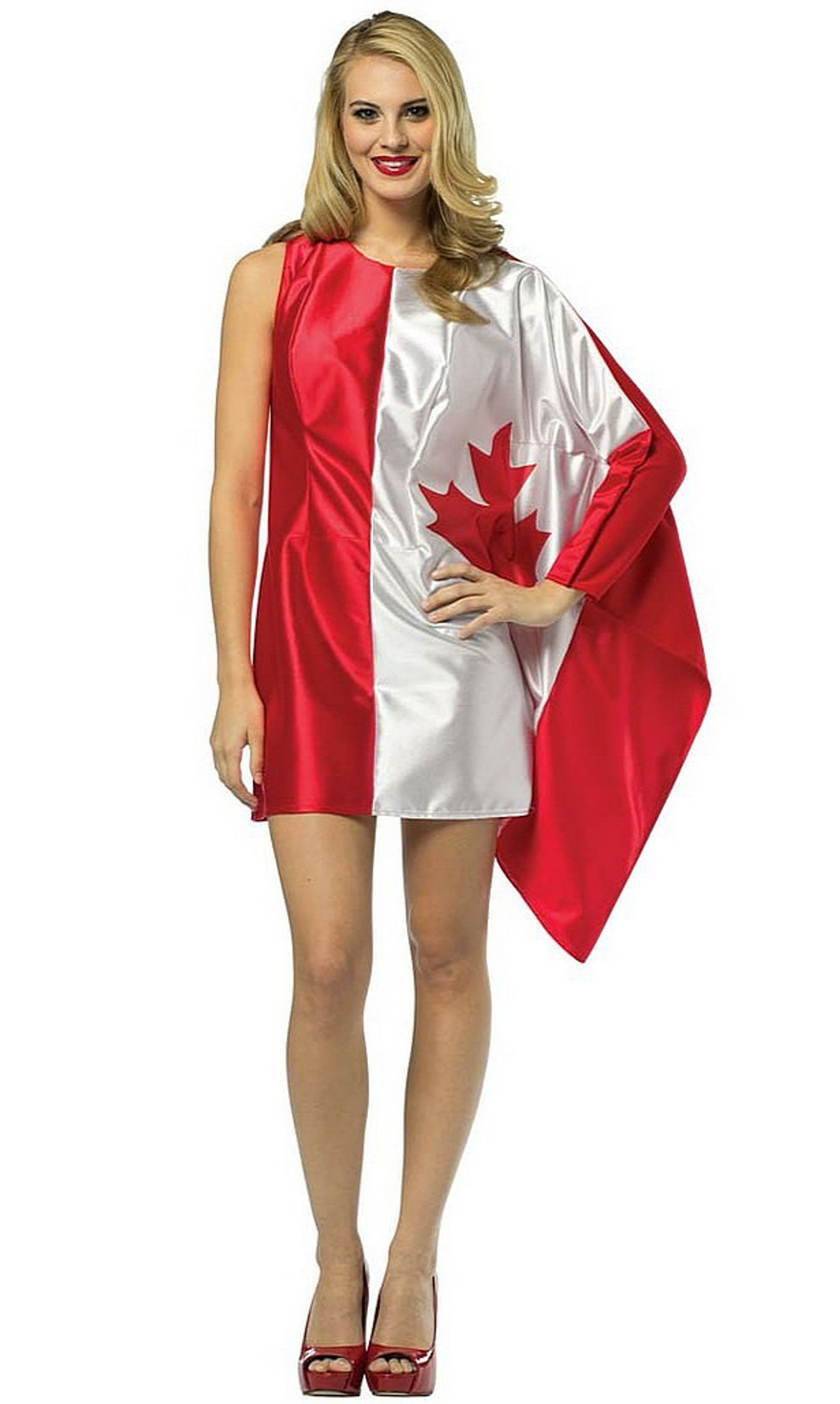
Costume "Drapeau Canadien" Costumes Canada Canada Costumes
The day was created to spread awareness and normalize Indigenized clothing after Isabella Kulak, who was 10 at the time, was shamed for wearing a ribbon skirt to a formal day at her Saskatchewan.

Canadian girls Canadian girls, African american, Academic dress
Early twentieth-century Dene fashion is seen in this moose-skin dress. The amber-coloured, smoke-tanned hide was prepared by Dene women and joined together with sinew. Fur trader influence is shown in the use of woolen cloth for the sleeve ends and shoulder cape. Glass beads and decorative yarn fringes accent the knee-length outfit. European style is also evident in the stand-up military-style.
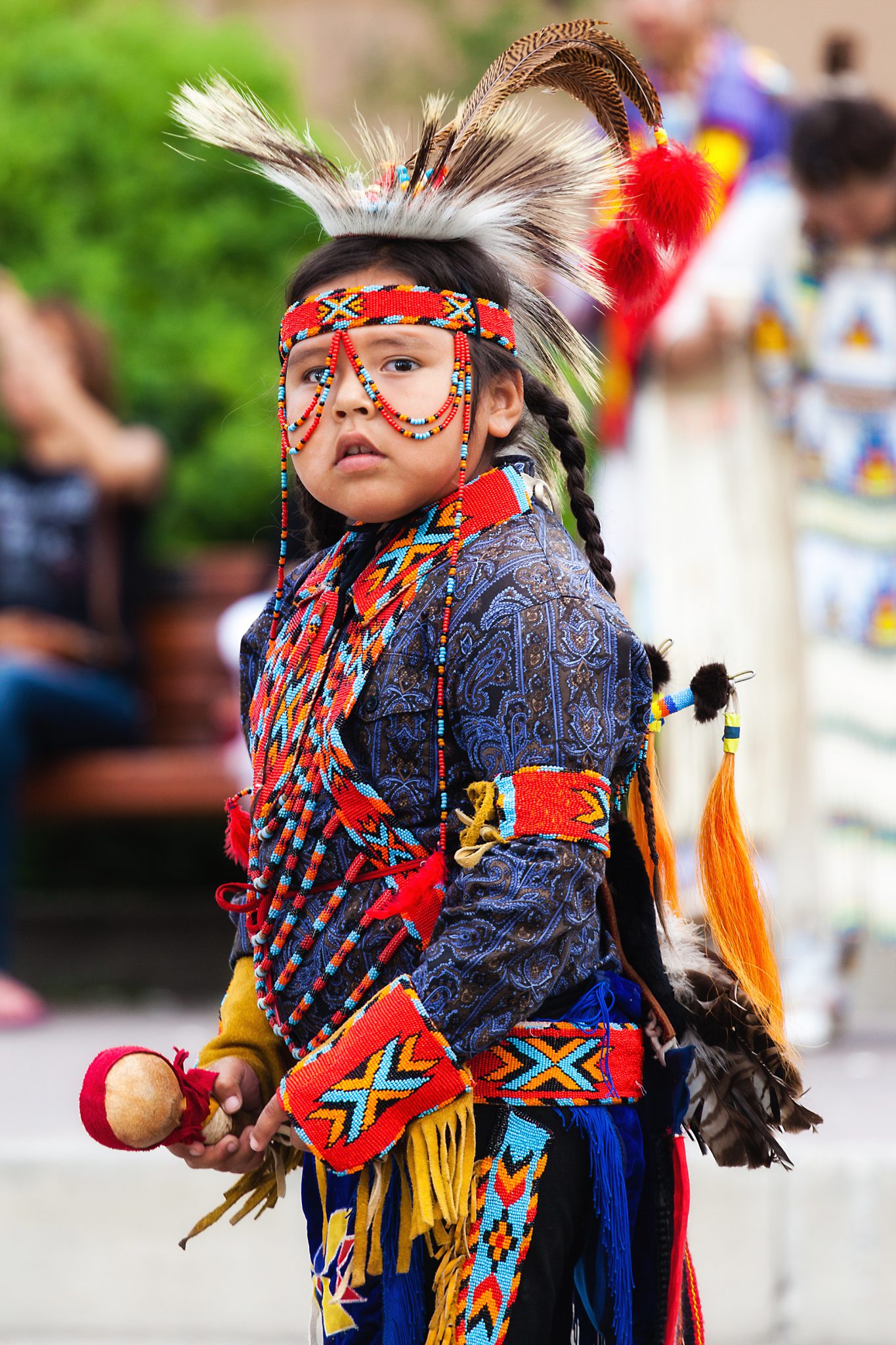
Canada’s Indigenous Children Humanium
The Confederation Era, 1840-1890. Canadian Dress: The Confederation Era looks at how various nineteenth-century Canadians presented themselves through the clothes they wore. This module focuses on a formative period in Canada's development as a nation, representing the generation that ushered in Confederation in 1867 and continued to build.

Costume "Drapeau Canadien" Costumes Canada Canada Costumes
Traditional Materials and Designs The Canadian national dress incorporates a wide range of traditional materials and designs that reflect the cultural heritage of various communities. Wool, fur, leather, and cotton are among the common fabrics used in the creation of these garments.